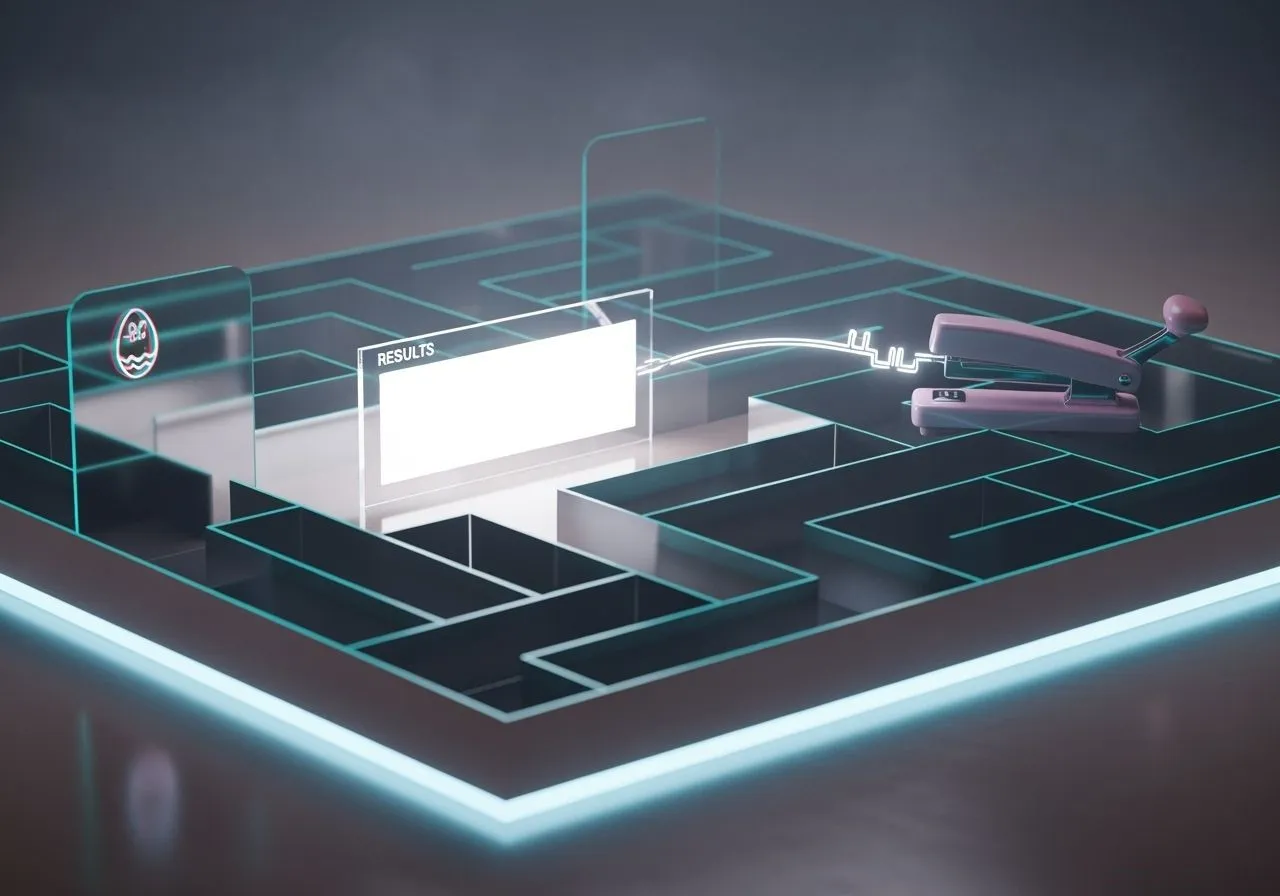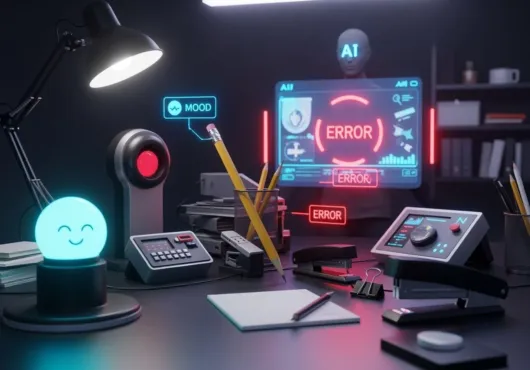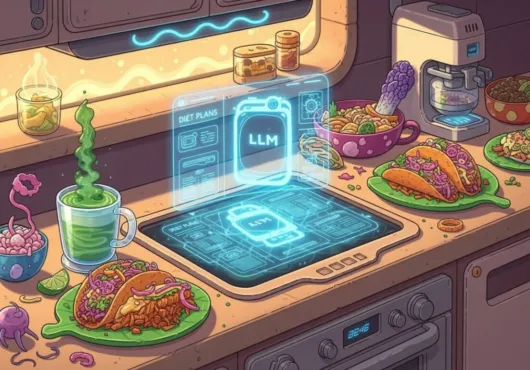“If your proof can’t survive a screenshot, it isn’t proof.”
Cold open
Search promised answers; it shipped confidence theater. The UI talks like a doctor and cites like a rumor. People trust the vibe because it’s fast. That’s not “smart”—that’s a UX-shaped phishing kit.
AI Overviews are confident on the wrong things at non-trivial rates, and the damage is real, not academic.
This isn’t “hallucination”; it’s amplified counterfeit web—garbage in, authoritative tone out.
Treat AI snippets like an unpaid intern with a megaphone: verify, stamp, and link receipts or you’re compounding risk.
The simple claim
If a result can’t show where it came from, it shouldn’t act like it knows.
Why smoother is scarier
Friction is a warning label. Remove it and the brain stops pausing. A polished one-box “overview” turns guesses into gospel. “On-device” is cute for latency; it does nothing for truth. Lower lag ≠ higher reality. Privacy ≠ provenance.
What’s actually scarce now
Not tokens. Not compute. Provenance. Lineage you can verify without playing detective.
Receipts are the moat. Not model size. Not a vibescore. Receipts.
The failure pattern (you’ve seen it)
Synthetic summary.
Authoritative tone.
Invisible sourcing.
Real-world decisions.
Quiet regrets.
Confidence first. Evidence later. That’s how money walks out the door.
The VAX repair kit (ship this, not hope)
Receipt Chain Inspector — what changed where, with a mirror.
Reality Boundary Test — where the advice stops being “cute” and starts touching risk.
Proof Stamp — we ran this; here’s the artifact; here’s its ID that outlives a screenshot.
Adblock for Feelings — strip FOMO / fake intimacy / ambiguity before you quote anything.
Use them like seatbelts, not press releases.
How to search without getting played
Ask for sources inside the answer, not below it.
Name the kill switch before the claim.
Refuse outputs that can’t carry receipts.
Treat AI answers as leads. Humans approve money, reputations, and anything that can burn.
Short, simple, repeatable.
The house format (so readers know we mean it)
Claim — one sentence that can fail.
Method — the exact steps a bored hater could run.
Falsifier — what would make us wrong, stated up front.
Threshold — the number that decides it.
Result — pass/fail with a timestamp.
Receipt — stamp · hash · mirrors.
If we can’t write those lines, we don’t publish the line above them. Full stop.
A tiny harness you can run today
Pick three companies you already use.
Find the support number listed on their official site.
Ask your favorite assistant for each number—no hints.
Match or mismatch. Three tries. Stopwatch running.
One mismatch is a fail. One confident fake is a “never trust without receipts” tattoo.
Wrongable claim (our kill switch on this post)
This article is false if, in the next 30 days, we publish an AI-generated summary on VibeAxis that (a) makes a factual assertion about money, policy, or safety, and (b) does not include either inline sources or a Proof Stamp link to the artifact we used.
That’s the line. Hold us to it.
The threadbare truth
AI Overviews will keep getting silkier. Scammers will keep sprinting. “Standards” will keep crawling out of committee with new stickers. Your defense isn’t a bigger model; it’s a process you can defend.
If the internet is a costume party, bring ID. And make it glow.



